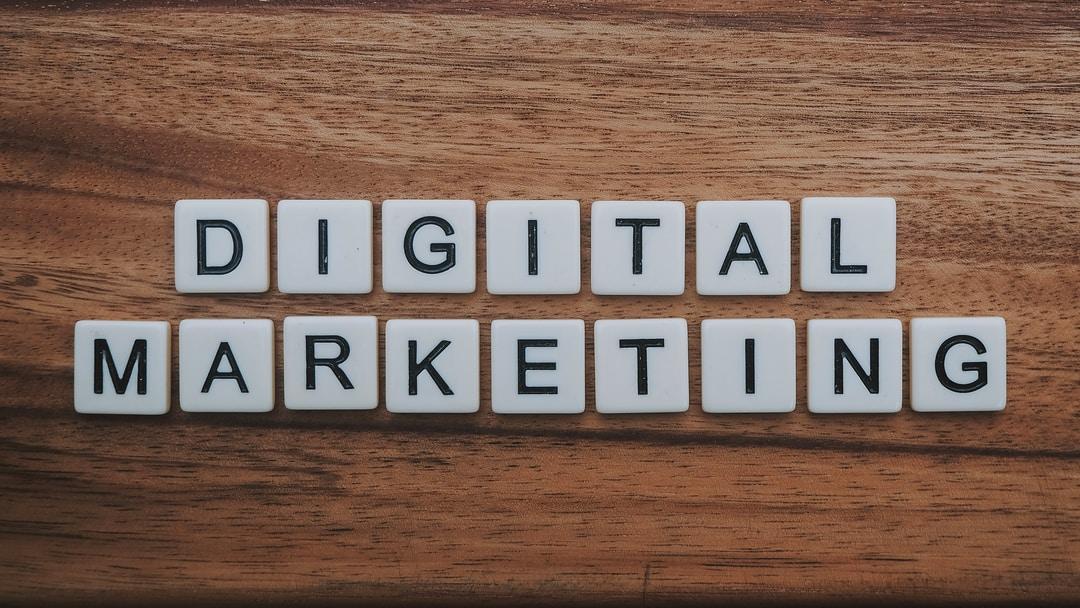Running a restaurant comes with many different challenges for business owners. These fast-paced, customer-centric businesses offer a valuable service to the community. However, restaurants are also one of the most critiqued businesses in the customer service industry. Furthermore, the financial challenges of managing a restaurant also take a toll. For example, procuring restaurant equipment for your business is a challenge in and of itself. As a result, many restaurant owners turn to companies that offer financing options to get their businesses off the ground, such as restaurant equipment San Francisco financing. This option allows businesses to get the equipment they need, such as ovens, freezers, and refrigerators, and pay for them later.
However, financial challenges aren’t the only things restaurants face. In today’s technological-advanced commercial environment, customer data presents another challenge for businesses. Although restaurants used to focus only on the quality of their food, now they must account for the tons of data they receive from customer reviews, online ordering, and even social media. But what do restaurants do with all of this customer data? If you want your business to succeed long-term, there are several ways you should be making use of this data. Today, we’ll cover some of the most fundamental ways restaurants can use customer data.
Make the Most of Customer Data
![]()
The first thing restaurants need to do to use their customer data is gather, sort, and examine it. That’s where a data annotation platform like taskmonk.ai comes in handy. This company offers a data annotation service that will help businesses build high-quality datasets for artificial intelligence (AI) models to control, manage, and optimize the supply of annotated data. As a result, companies can optimize how they use their data and set up their organization’s AI programs, such as auto-generated marketing emails and more.
Optimize Your Menu

Your restaurant already has plenty of data about your customers’ preferences. With that data labeled and sorted, you can see which food items are the most popular on your menu and the rarely ordered ones. Based on that data, you can ensure that your restaurant is stocked up on the ingredients for your most popular menu items and consider removing the items performing poorly. These changes will increase customer satisfaction and save your company countless dollars avoiding food waste from unwanted menu items.
Expand Your Audience

When you know the details about your existing, regular customers, you can utilize that information to find other audiences interested in your restaurant. For example, you can identify the demographics of your current customers and begin marketing to more people that match those demographics to bring them into your business, expanding your audience and increasing your restaurant’s revenue.
Get the Most Out of Marketing

Customer data can help you get the most out of your marketing platforms. This data will help you identify which marketing channels are performing well and which are barely reaching your audience or aren’t producing clicks. As a result, you can optimize your marketing channels to invest more in the platforms that increase engagement. For example, suppose your data show that 80 percent of your customers are on Facebook and 20 percent are on Instagram. In that case, you can adjust your marketing campaigns to focus primarily on Facebook ads and less on Instagram.
Personalize the Customer Experience

With access to customer contact information and habits from annotated data, you can create personalized emails and text messages targeted not only at a specific demographic but to that individual person. Therefore, you can show your customers that your restaurant cares about their preferences, and you want to give them the best deal for their favorites. For example, if one customer always buys a specific entree, you can send them a coupon for that menu item the next time they visit.
Data Reigns Supreme
In modern society, data reigns supreme in business. Therefore, regardless of the industry, your company should be utilizing customer data to increase revenue and customer satisfaction.